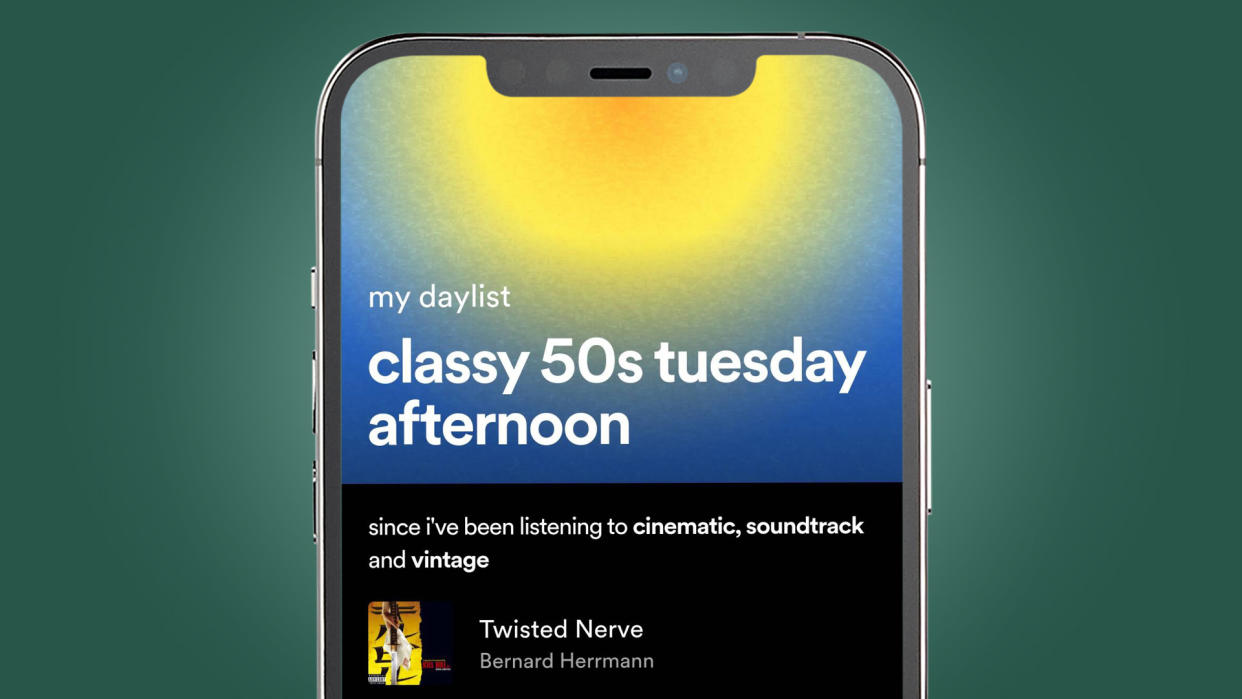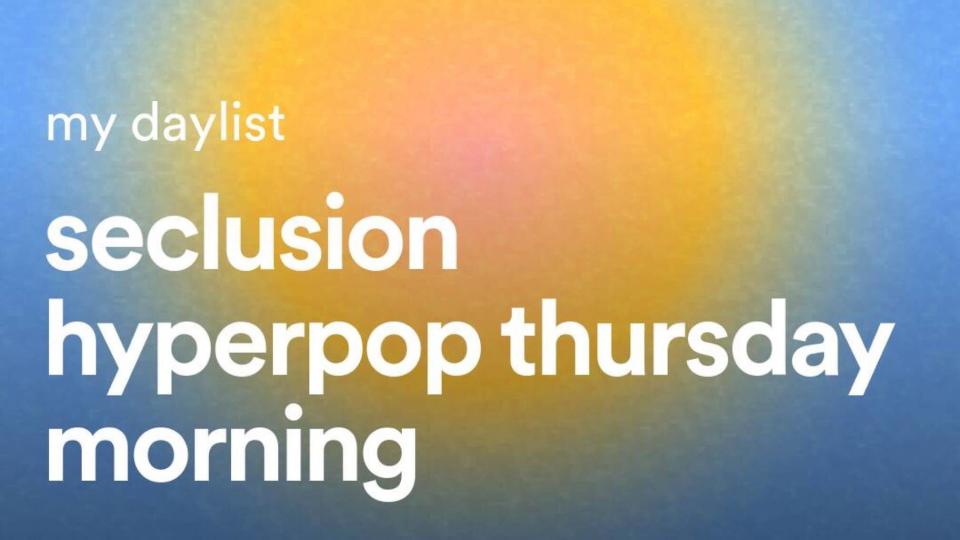Why you'll still pay Spotify $5 extra for 'HiFi' even when lossless costs nothing on Apple Music

As a business model, Spotify should not make sense. I'm sorry, but it shouldn't.
Here is a music streaming service that now costs users $11.99 / £11.99 / AU$13.99 per month, having hiked its prices two weeks ago (right after CEO Daniel Ek enraged music fans by claiming the cost of creating 'content' is 'close to zero and unceremoniously bricking that pricey Car Thing) and also last July, when its $9.99 / £9.99 / AU$11.99 per month Premium subscription fee went up to $10.99 / £10.99 / AU$12.99.
Oh, on top of this, the big green music streaming machine also recently put lyrics behind a paywall and, if recent reports prove true, plans to offer a $5 add-on to your Premium plan for 'lossless' music, in lieu of its once-promised (and long-awaited) 'Supremium' or HiFi tier.
Just to crunch those numbers, that means to get 'lossless' audio (of an as-yet unspecified resolution) on Spotify, you may soon have to give the company $16.99 / £16.99 / AU$18.99 per month. Meanwhile, true lossless audio is something Apple Music already offers in its basic subscription, for $10.99 / £10.99 / AU$12.99 per month.
And Apple Music goes even further, for less! Back in May 2021 Apple Music and Amazon Music casually unveiled lossless audio at no extra cost to its subscribers, but as well as offering its entire catalog in CD-quality (the generally-accepted resolution standard for files described as 'lossless' – although really, the term just means any file delivered 'without loss'), Apple gave us two even higher resolution tiers at no extra cost. These tiers are called Lossless (yes, confusing, but here it means better-than-CD up to 24-bit/48kHz, or 2,304 kbps) and Hi-Res Lossless (up to 24-bit/192kHz, which is a whopping 9216kbps), all using Apple’s ALAC (Apple Lossless Audio Codec) solution.
How does Spotify stack up? Not well: listeners have long been limited to lowly 320kbps Ogg Vorbis file quality, so even if the rumored HiFi bolt-on means CD-quality music, that's 1,411kbps, (otherwise written as 16-bit/44.1kHz) for $16.99, versus Apple Music's access to 24-bit/192kHz, (aka 9216kbps) files, for just $10.99. Hardly solid sound-per-pound value for money, is it?
And that's before we even get to Apple Music's Dolby Atmos and Spatial Audio content, Apple Music Sing for karaoke fun (which not only gives you lyrics but lets you lower the volume of the vocalist in virtually any track on Apple Music) and Apple Music Classical for no extra fee! You don't get those on Spotify…
Why do we pay sky-high for Spotify? Because we're all so very sociable (…and narcissistic)

We love learning about ourselves, don't we? Whether its creating your dream festival lineup poster, getting a mini version of Spotify Wrapped all year round, listening to our own AI DJ (who'll rib us for each and every heavy-rotation track since we first signed up for Spotify) or – who could forget! – Spotify Pie's tasty music genre pie chart, the human condition seemingly cannot resist a bit of self-exploration-slash-self-diagnosis.
And we love telling people about it, too. As an ex professional dancer with many friends still in the business, I feel like every third Instagram story I see involves my friends' unhinged Spotify Daylist titles (I have to say, Holly, your 'dungeon darkside Wednesday afternoon' selection hit so hard).
And it doesn't matter that since February 2024, Apple Music has also offered a free Replay monthly update showing your monthly listening – because not all of your friends have Apple Music and if one person's left out, that's no fun! Sharing is caring, and although Apple Music finally launched collaborative playlists, in January of this year, it's still a long way behind Spotify in terms of social reach and visibility.
We've been telling music fans why they should switch from Spotify to Apple Music (or even ditch Spotify for Tidal if they're proper, dedicated music fans) for a long time now, but the crux of the argument is that the music you get on either of these platforms is better quality for less money – and by that I mean higher resolution, so you're getting more detail in the streamed file. But it's not that easy.
The other thing likely holding you back from jumping over to Apple (or in fact any of the best music streaming services that aren't Spotify) is that Spotify was your first. You learned the joy of music streaming thanks to Spotify! You'll always love it on some level; you're locked in its clutches for the simple reason that you don't ever want to lose all the playlists you've created over the past, oh, how long? Some time since 2008, anyways. It would be a messy breakup. Spotify does not want to let 'em go with you, and Apple Music won't just carry them over, which means either a) seeking out a third-party service such as Tune My Music, Soundiiz or SongShift to help you do it, like some sort of divorce lawyer, or b) doing it all manually and inevitably losing some music – because who has time?
And even when Redditors spotted Apple Music Android beta testing integration with the service SongShift in February 2024, which could facilitate easier transferral of music from other services to Apple Music, it feels optimistic to expect people to jump ship now.
No, to paraphrase Russ Tamblyn's glorious Jet Song from West Side Story, when you're on Spotify, you're on Spotify all the way, from your first cigarette to your last dying day. I'm an Apple Music gal now, but occasionally – when I'm asked to contribute to an office playlist, say – it can still feel isolating. I can count on one had the number of colleagues I know who have also jumped ship. And I predict even with the price hikes, add-ons and removals, when you're on Spotify, you stay on Spotify.


